The photographic artist Colita announced on Friday that she would not accept the 2014 National Photography Prize, awarded by the Ministry of Education and Culture, due to her dissatisfaction with government policies in these areas.
The news comes just over a week after the musician Jordi Savall rejected the equivalent annual award in the field of music, also citing his sense of indignation with the performance of Popular Party (PP) Education and Culture Minister José Ignacio Wert.
Colita, born Isabel Steva Hernández in Barcelona in 1940, explained her decision to turn down the €30,000 prize ($37,400) in a letter directed to Wert. Stating that the "cultural panorama in Spain is pitiful,” Colita said: "I wish to express to you, Mr Wert, that as the said National Photography prize comes from the Ministry of Culture, Education and Sport, I feel obliged to reject it. I do not know where that ministry is located or even if it exists as such. In any case, it is unknown to me."
Wert has become a sharply divisive figure in Spain, thanks in large part to his ministry’s education reform, which limited the use of regional languages and gave greater importance to religion while the government simultaneously reduced the budget for public schools as part of its austerity programme. It has become a regular occurrence at prize-giving ceremonies to see students or other individuals picking up awards refuse to shake hands with the minister.
Wert has courted controversy with comments about wishing to “Hispanise Catalan students” and playing down the idea that any “brain drain” caused by Spanish youngsters fleeing a youth unemployment rate of over 50 percent was negative for the country.
He also defended the government’s decision to raise VAT on all cultural activities to 21 percent from seven percent.
In reference to the tension between Madrid and Barcelona over plans for a referendum on independence for the Mediterranean region, Colita said in her letter that her "condition as a Catalan" had nothing to do with the decision, which was purely a protest against the national government’s cultural outlook.
Savall, a Catalan musician famed for his mastery of the viol (or viola da gamba), besides being a conductor and composer, said he could not accept the National Music Prize in order “not to betray his deepest-held principles and convictions” with regard to the PP government’s "shocking indifference and complete incompetence in the defence and promotion of art and its creators”.
In 2013 another Catalan musician, Josep Soler, rejected the Gold Medal of Merit from the Spanish government, also citing its “horrendous policies” in education and culture.
The previous year, the well-known novelist Javier Marías turned down the National Fiction Prize, although in his case the writer explained that he had always maintained that he would never accept awards from a state body in Spain.
Asked about the two recent rejections of cultural prizes, Deputy Prime Minister Soraya Sáenz de Santamaría asked that “the recognition that Spain gives to its artistic and cultural values should be respected, as in any other state.”
But in her letter, Colita said that she was looking forward to "other times, other people and other governments to give our pride back to us and to them their honour".



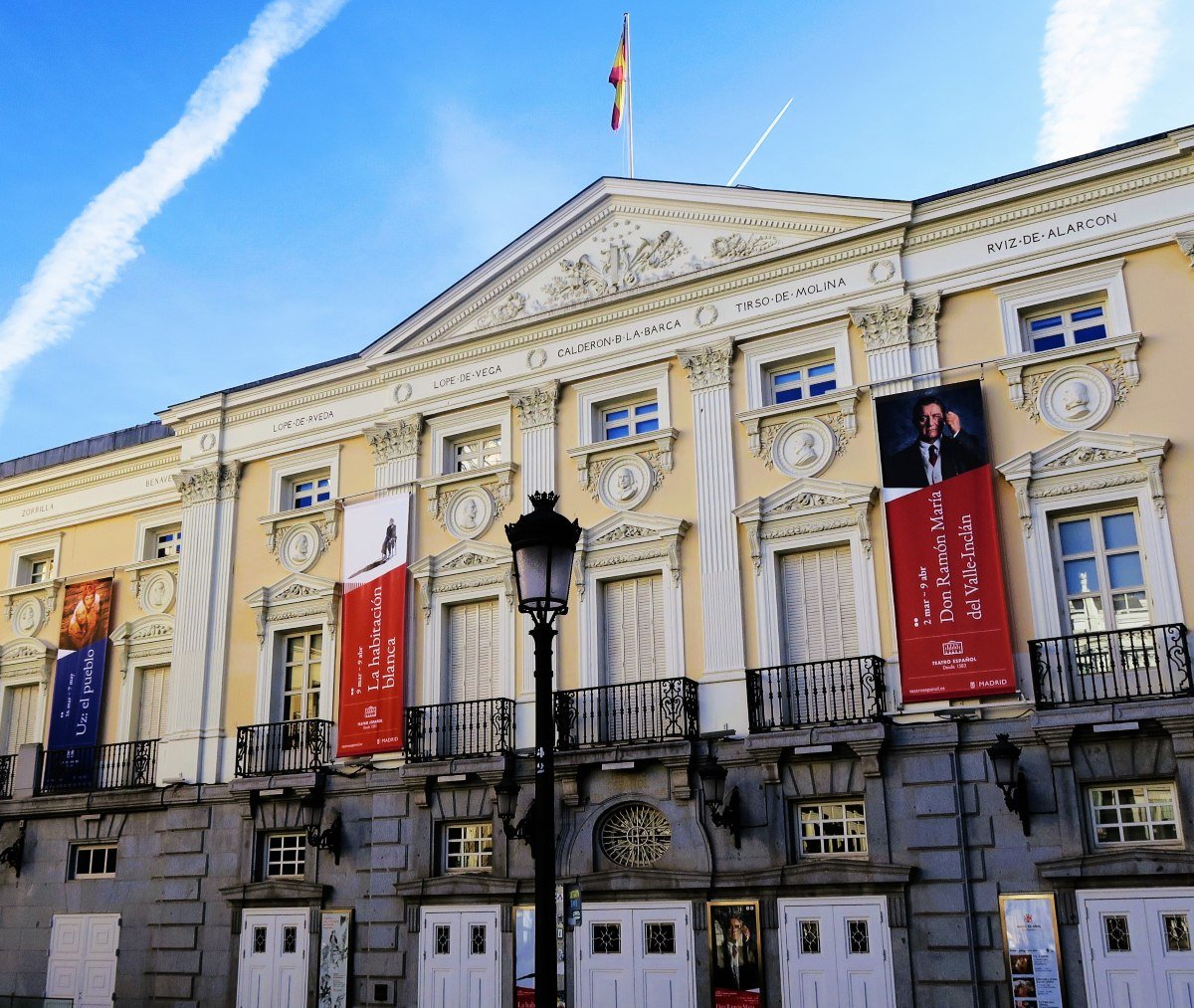
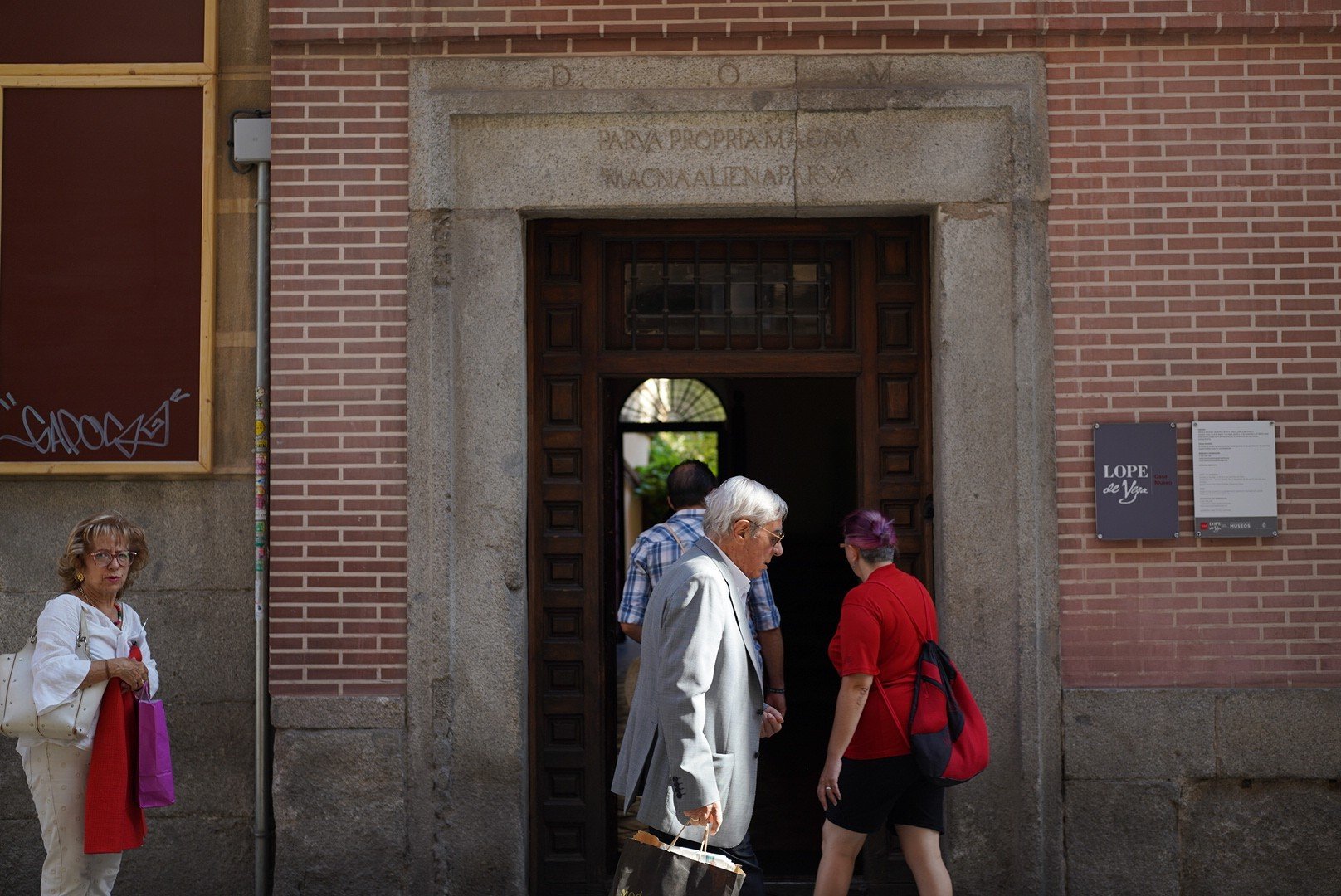


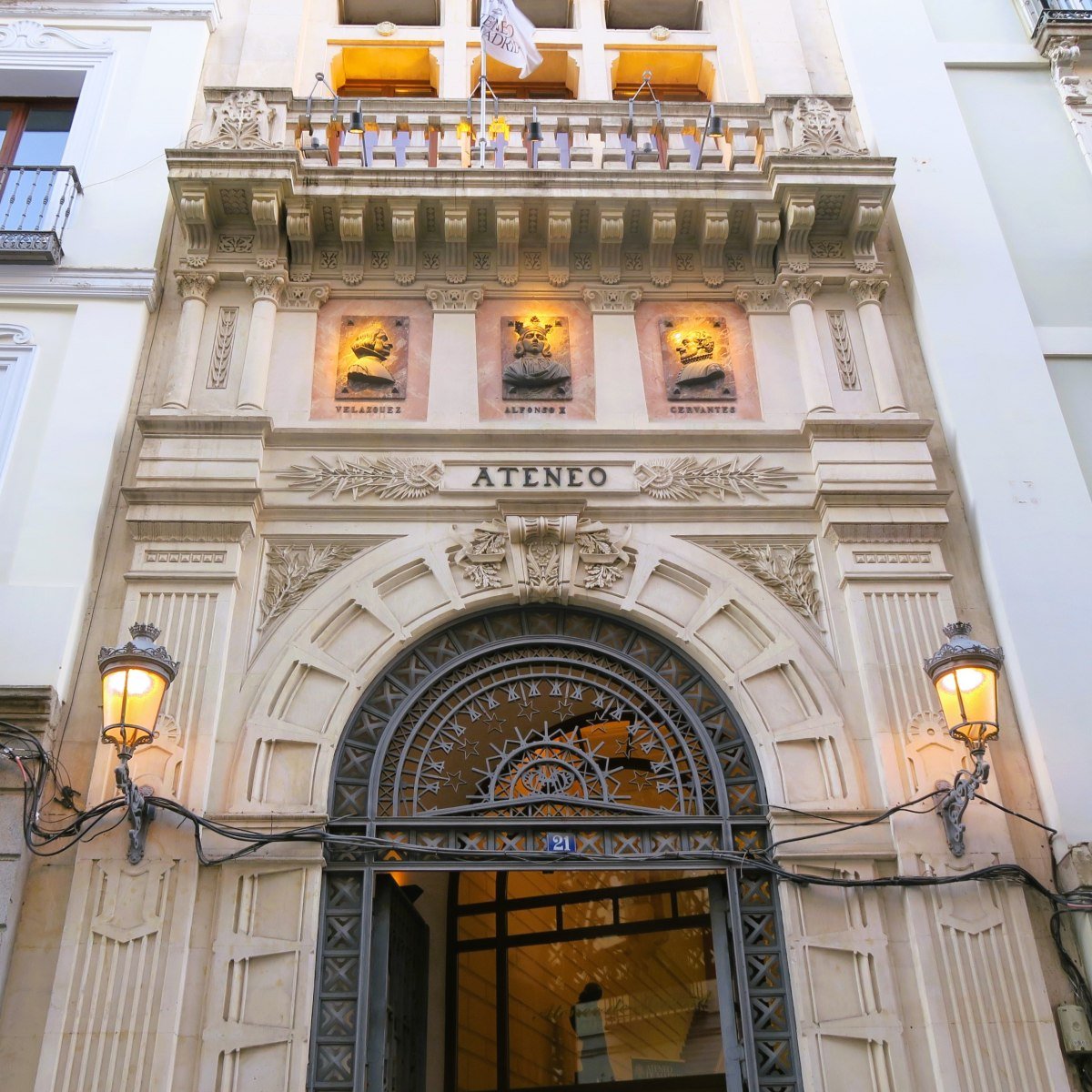
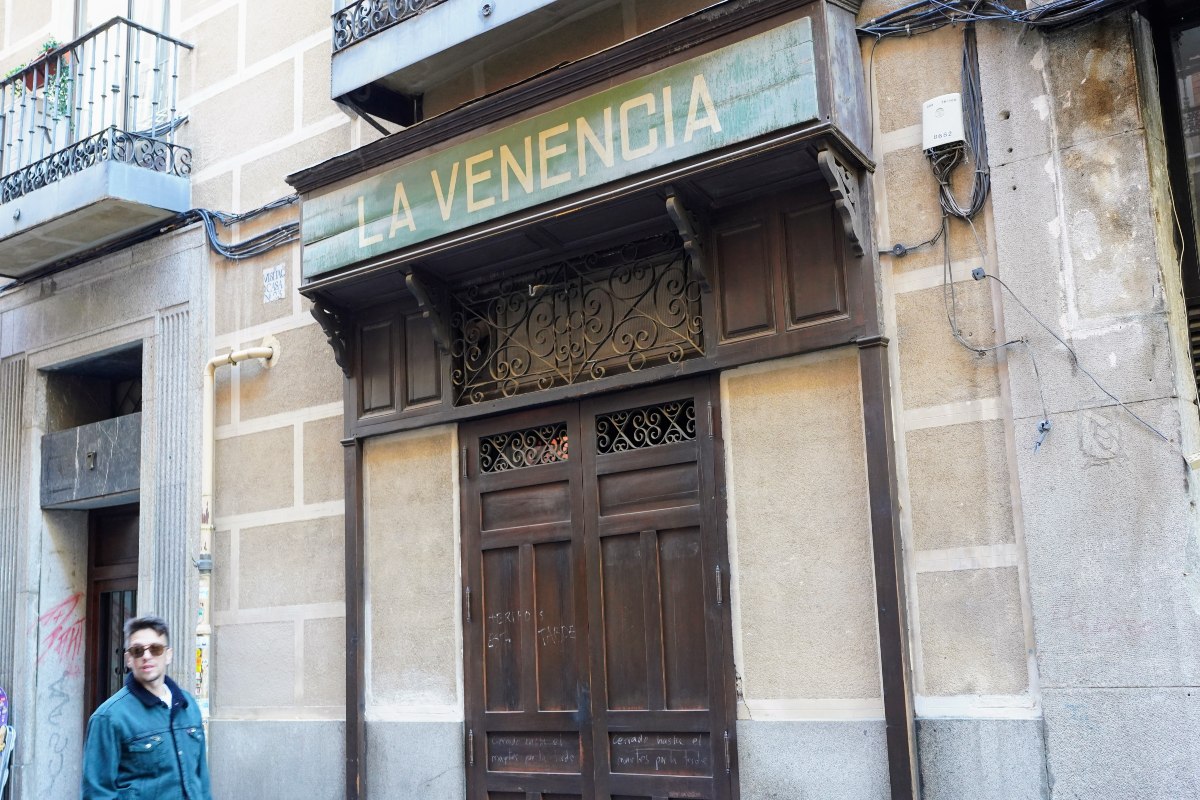
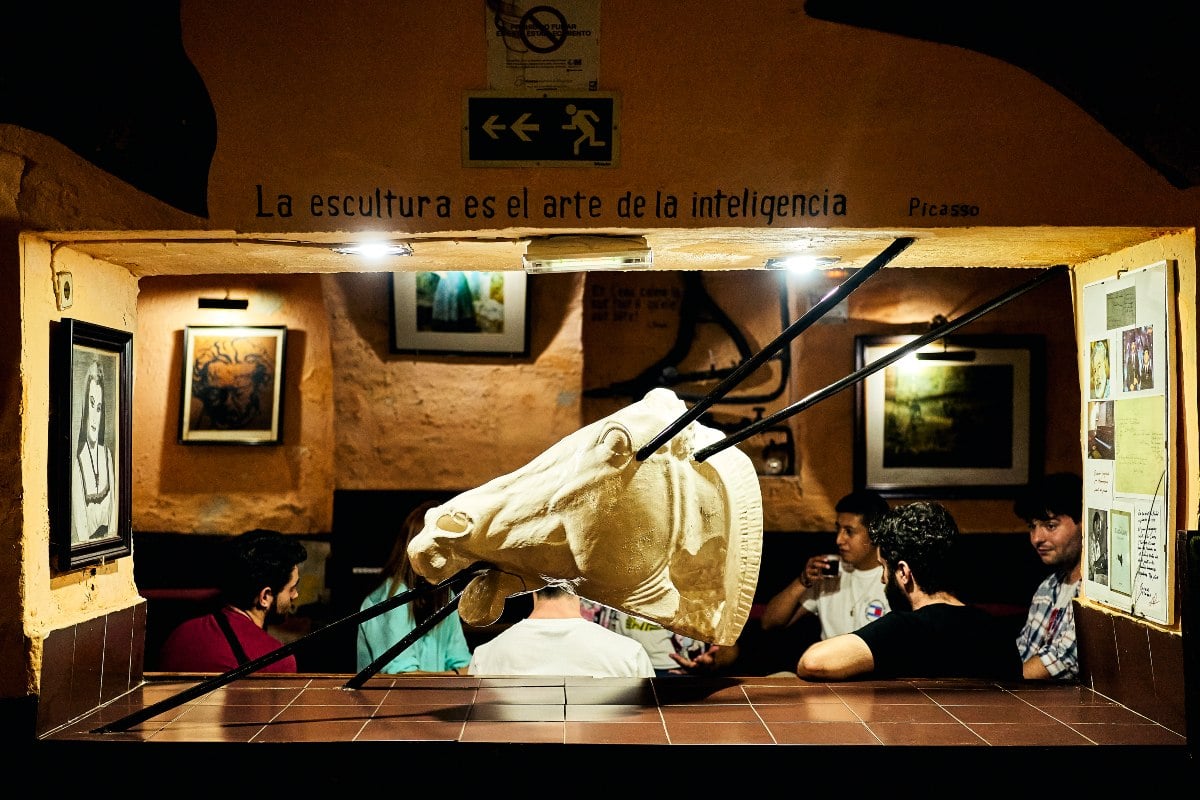
 Please whitelist us to continue reading.
Please whitelist us to continue reading.
Member comments